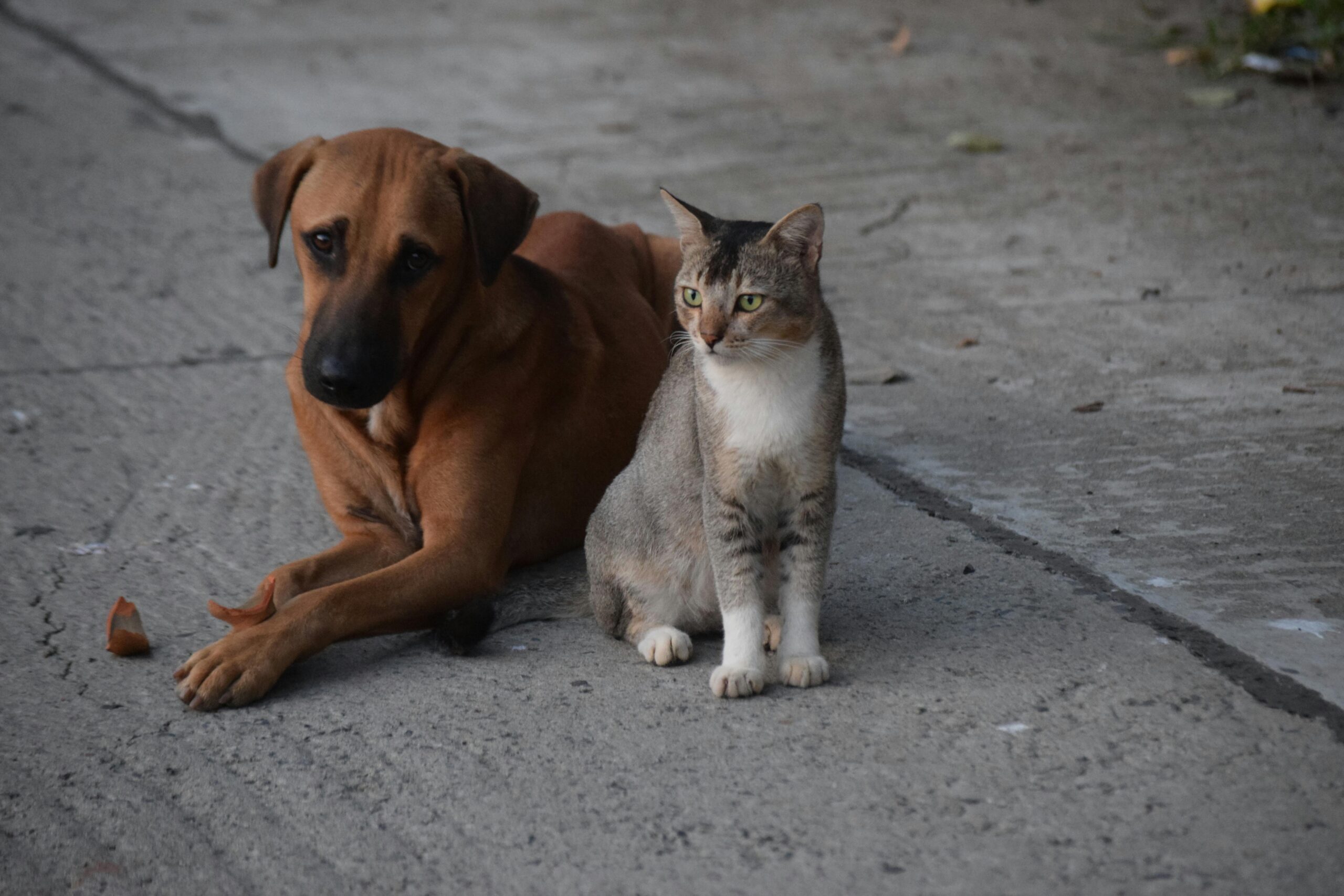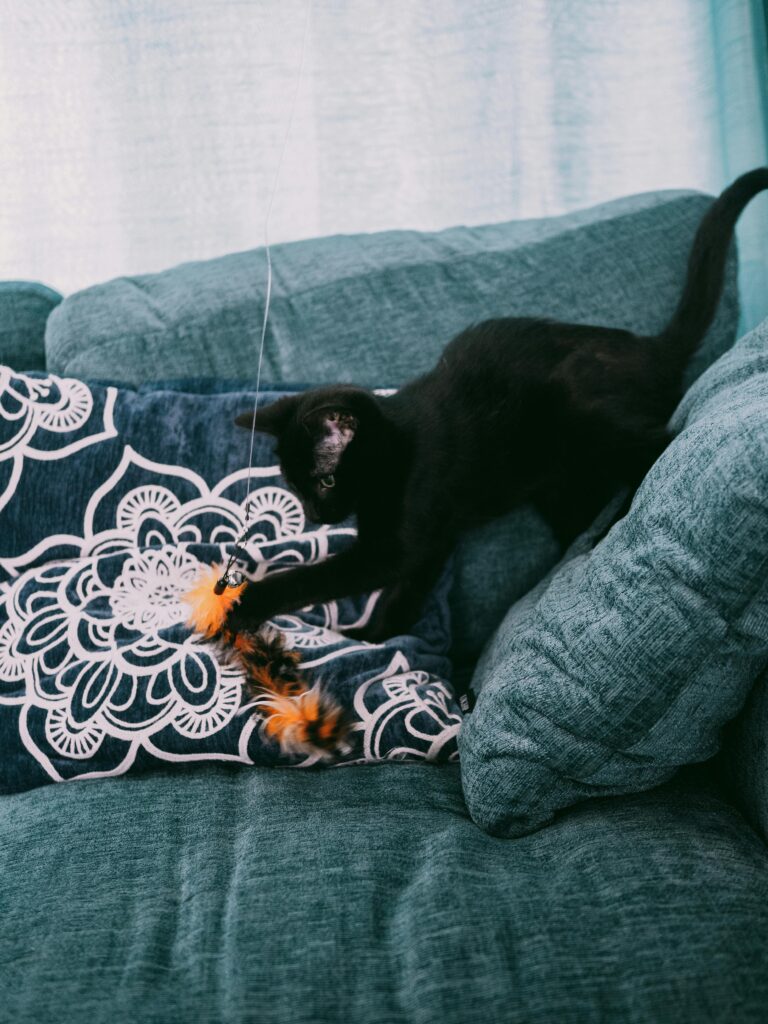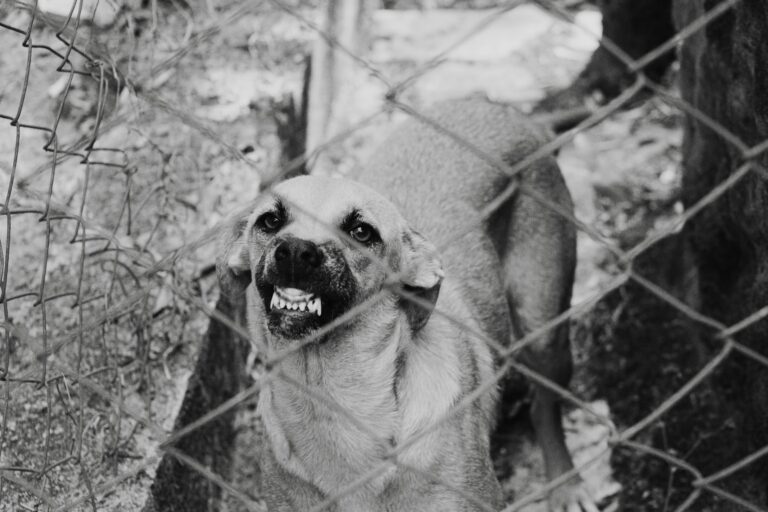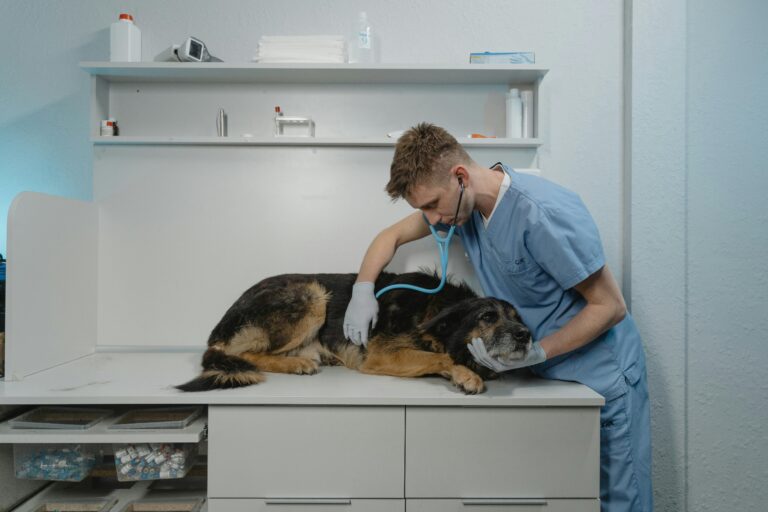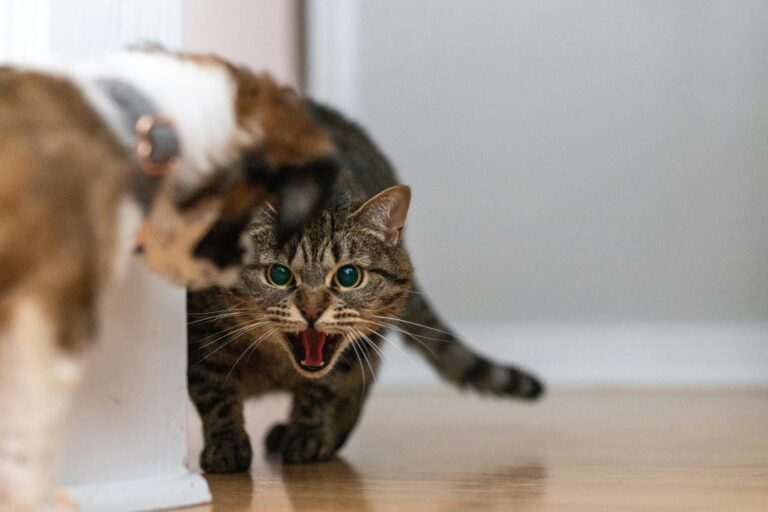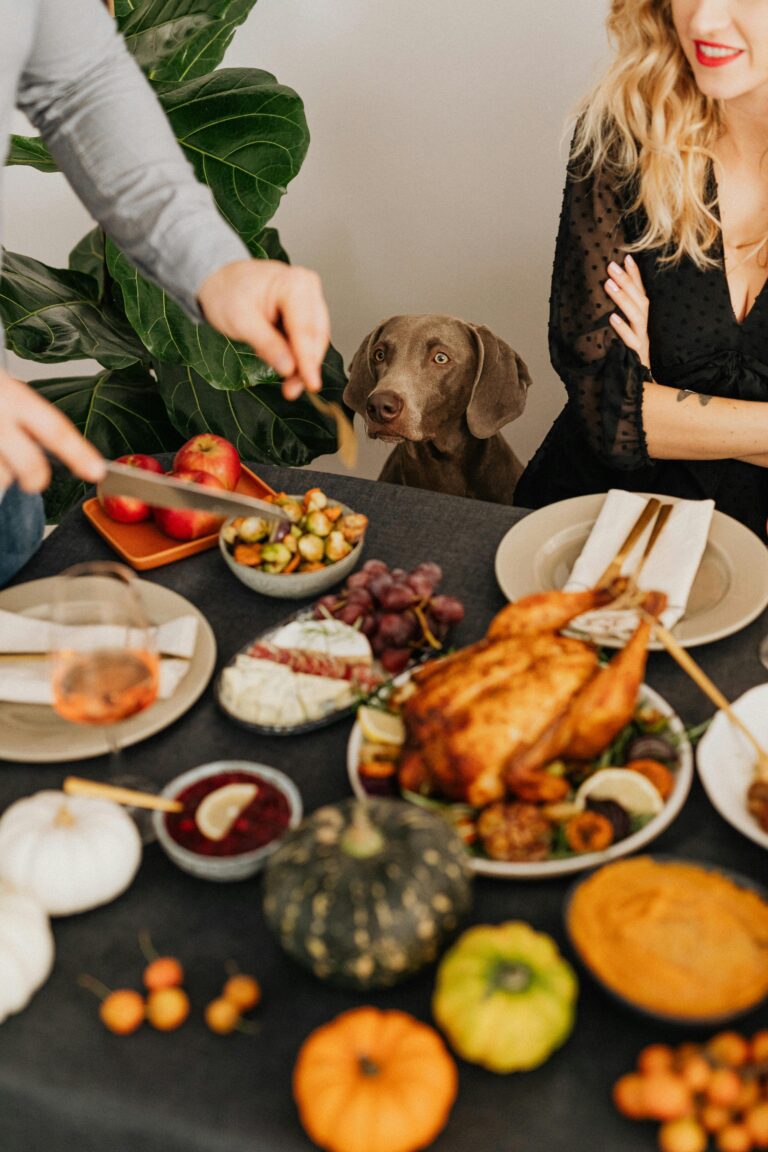Losing a pet is one of the most emotionally difficult moments any animal lover can face. It’s a time filled with heartbreak, confusion, and sometimes panic. In these fragile moments, understanding how to navigate the first 24 hours after a pet dies can bring clarity and comfort. Knowing what steps to take, what emotions to expect, and who to call can help ease the burden.
This comprehensive guide will walk you through the emotional, practical, and logistical stages of the first 24 hours. Whether your pet passed at home or at a veterinary clinic, the following information will help you move forward gently and confidently.
Many families turn to Two by Two Pet Support for help during this vulnerable time. We’re here for compassionate pet after-death care, deceased pet removal, and pet transportation services. Let’s walk through this together.
Recognizing the Moment of Loss
The loss of a pet can be sudden or anticipated. Either way, the emotional impact is immediate. The moment after a pet dies is often accompanied by disbelief or even shock.
Common Immediate Reactions
It’s natural to question if it really happened. You may find yourself hoping your pet will move or breathe. In these first minutes, take deep breaths. Sit with your pet if you feel comfortable. Offer them peace and presence. This is a sacred moment.
Some owners report a sense of spiritual stillness—a quiet that settles over the space. Others feel overwhelmed with sadness or even anger. Whatever you feel, it’s valid. Grief has no rulebook.
What to Do First When Your Pet Dies at Home
When your pet passes away at home, you may feel unsure of your next steps. Here’s a practical guide to follow in those critical early moments.
Step 1: Confirm the Passing
If you’re unsure whether your pet has passed, look for these signs:
- No heartbeat or respiration
- Pupils dilated and unresponsive to light
- No movement or blinking
- Lack of response to touch
If you’re uncertain, contact your veterinarian or an emergency animal hospital. They can confirm death and offer support.
Step 2: Create a Resting Place
Gently place your pet in a comfortable position. Wrap them in a blanket or towel. Keep their body in a cool area, such as a tiled room, while you decide what to do next.
If you have other pets, allow them to smell and acknowledge the body. This helps them understand what has happened, reducing confusion or anxiety.
Step 3: Call a Professional Service
Contact Two by Two Pet Support for immediate assistance. We offer 24/7 deceased pet removal and respectful transportation. We respond quickly, so your pet is handled with care and dignity.
Our team understands how difficult this time is. We’ll answer your questions, arrange pick-up, and provide emotional reassurance. You’re not alone.
The Emotional Impact of Pet Loss
After a pet dies, emotions can come in waves. You may feel numb one minute and sobbing the next. Some people feel relief if their pet had been suffering. Others feel guilt or anger. All these emotions are part of grief.
Grief Is a Journey
Grief often follows stages, though not always in order:
- Shock and denial
- Pain and guilt
- Anger or bargaining
- Depression and reflection
- Acceptance
However, no two people grieve the same way. Allow yourself to feel whatever arises. Share your emotions with someone you trust. Talking helps. So does simply sitting in silence, remembering your pet’s love.
When the Death Occurs at a Veterinary Clinic
If your pet passed at the vet’s office, the staff will help guide you through initial decisions. Still, it helps to know what to expect.
What Happens Next
The vet will confirm your pet’s passing. You’ll be given time to say goodbye privately. Take as much time as you need. Ask if paw prints, fur clippings, or photos can be arranged.
Veterinarians may offer communal cremation, but if you’d like a more personal option, you can request that Two by Two Pet Support handle after-life services instead. We’ll coordinate transportation, provide options, and give you time to make decisions without pressure.
Making After-Life Care Decisions
One of the most difficult parts of the first 24 hours is making after-life arrangements. Here’s what you should consider.
Burial vs. Cremation
Each family has different needs. Cremation is the most common choice. Two by Two Pet Support offers respectful communal cremation options.
Private cremation (if preferred) can be coordinated through trusted third parties. Burial at home may be possible depending on your city ordinances. We recommend checking with local regulations before proceeding.
Keepsake Options
To honor your pet’s memory, many families choose:
- Paw print impressions
- Fur clippings in vials
- Personalized urns or keepsakes
- Memorial frames or photo albums
These small but meaningful items bring comfort in the weeks and years ahead.
How to Involve Children and Family
Losing a pet is a family experience. Children, especially, may not understand what’s happening. Age-appropriate conversations help them process the loss.
Gentle Conversations
Avoid phrases like “went to sleep.” Use honest, clear language. You can say, “They died. That means their body stopped working, and they’re not in pain anymore.”
Let children ask questions. Invite them to share memories, draw pictures, or participate in a goodbye ritual. Grieving together builds connection.
Telling Other Pets
Other animals in the home may grieve too. Dogs and cats form bonds, and they often sense loss.
What to Look For
- Loss of appetite
- Searching behavior
- Increased vocalization
- Lethargy or clinginess
Allow them to see the body if possible. Keep routines consistent. Provide extra affection and comfort. They need reassurance just like you do.
Memorial Ideas to Begin the Healing
Memorializing your pet provides emotional release. You don’t need a formal service. Instead, choose a ritual that feels personal.
Ways to Remember
- Light a candle every evening for a week
- Create a photo slideshow or scrapbook
- Donate to a shelter in your pet’s name
- Plant a tree or flower garden in their memory
Some families write letters to their pet or journal their grief. These actions can be deeply healing.
Self-Care in the First 24 Hours
Grief can be exhausting. You may forget to eat or hydrate. You may feel disconnected from your surroundings.
Tips for Personal Well-Being
- Drink water and eat something light
- Avoid major decisions
- Cancel non-urgent obligations
- Take a short walk outside
- Rest when you need to
Let loved ones help you. Accept meals, hugs, and kind words. You don’t need to go through this alone.
When to Reach Out for Support
Some people need additional help moving through grief. That’s okay. Pet loss is real and profound.
Resources to Consider
- Pet loss hotlines
- Grief counselors
- Support groups (local or online)
Two by Two Pet Support can connect you with trusted local resources. Don’t hesitate to ask.
Planning Ahead in the Future
This isn’t something you ever want to go through again, but planning can ease the burden next time.
Prepare a Pet After-Life Plan
- Choose your preferred provider ahead of time
- Keep emergency contact info visible
- Create a “pet file” with medical and memorial preferences
This preparation brings peace of mind.
Why Families Trust Two by Two Pet Support
We understand the sacredness of this moment. Our team is trained, respectful, and responsive. We treat every pet like family.
What Sets Us Apart
- 24/7 availability
- Prompt removal with care
- Options for memorialization
- Compassionate communication
We are honored to be a part of your pet’s final journey.
Closing Thoughts
The first 24 hours after your pet dies are incredibly tender. You may feel lost, tired, and unsure. But with the right information and support, you can move forward with grace and love.
Remember: you gave your pet a beautiful life. And now, you’re giving them a peaceful goodbye.
Trust Two by Two Pet Support for all your pet after-death, deceased pet removal, and pet transportation needs. We’re here for you—every step of the way.

